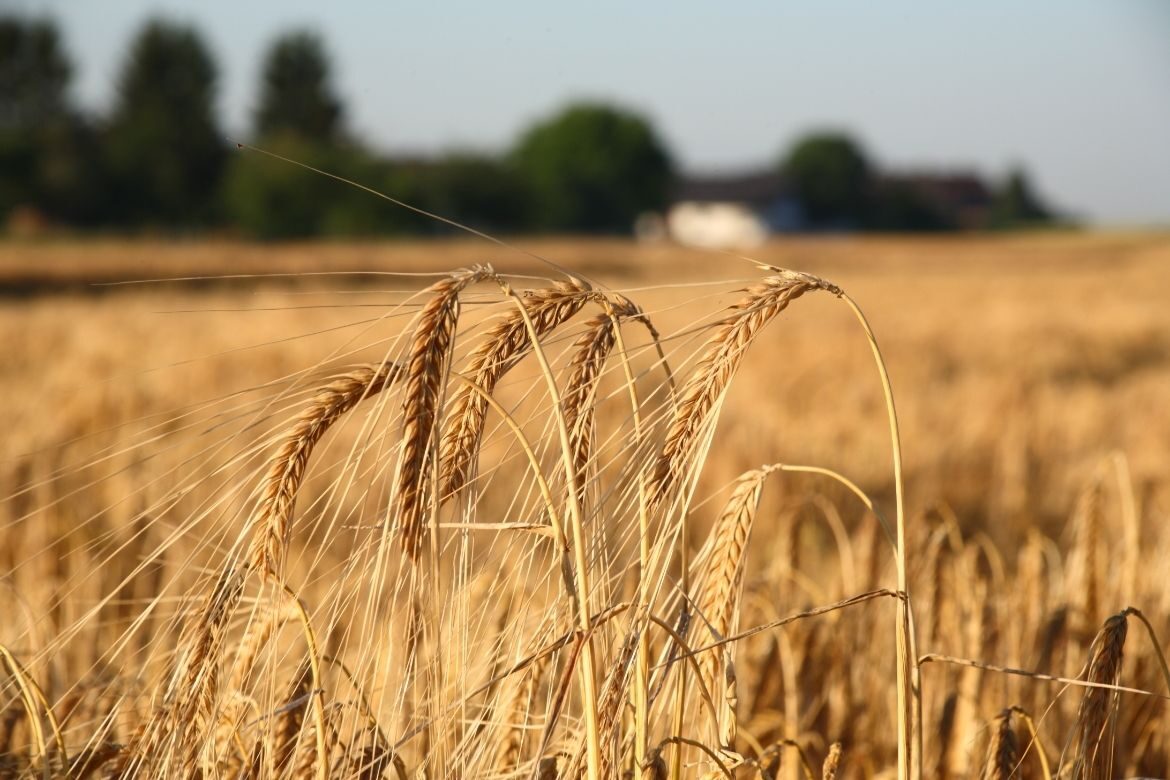Teagasc Crops Specialist Shay Phelan has compiled the latest update on tillage crops of winter barley and winter wheat, as well as spring barley. He advises on the application of the final fungicide to winter barley, and the final nitrogen split on winter wheat. He also looks at fertiliser, weed and disease control in spring barley.
Winter Barley
Most crops have awns emerged or will be emerged in the coming days, so now is the ideal time to apply the final fungicide to crops. Target the awns peeping stage for the final application. Trials from Oak Park clearly show that waiting until GS 59 when heads are fully emerged will lower yields by up to 0.4 t/ha.
Trials have also shown that 50% rates of an Azole SDHI/Strobilurin mix, for example, Siltra, Elatus Era, Decoy + Priaxor will be sufficient and mix these with a full rate of Folpet 1.5 L/ha for ramularia control.
Winter Wheat
In 2021 the ratio of the price of a kg of grain relative to the cost of a kg of nitrogen was 6:1, this year it ranges up to 12:1, therefore it takes more grain to pay for the nitrogen. Teagasc published some BER tables showing the rates nitrogen needed to be reduced by depending on the cost of nitrogen and the price of grain at current prices the maximum recommended nitrogen rate should be reduced by approximately 27 kg/ha.
Spring Barley
Fertiliser
Complete all remaining N applications on spring barley crops. Continue to monitor crops for nutrient deficiencies. There are reports of manganese / magnesium deficiency symptoms in crops. Where symptoms are present include a suitable product to help rectify the deficiency.
BYDV
BYDV risk higher this year especially with April sown crops. It is important to walk crops and search for aphids and if aphids are present a Pyrethroid insecticide should be applied at the 3-4 leaf stage.
Weed control
Weed control was difficult last year especially ALS resistant weeds like chickweed, poppy and corn marigold. These weeds should be targeted first and the mix should contain a non-ALS partner that has activity on the target weeds. The lesson from 2021 was that large chickweed was very difficult to control so there is no room to delay herbicide application once the first flush or weeds has appeared.
Apply Foxtrot or Axial Pro for wild oat and canary grass control. Best control will come from early application and should be included with the broad leaf weed control as coverage and subsequently control will be reduced if delayed.
Disease control
Target fungicide application at mid/late tillering. This can increase yield by as much as 0.3 t/ha over delayed application at GS 31/32 in high disease pressure situations. Use 50% rates of any of the fungicide mixes, for example, Decoy/Comet, Macfare Expro, Siltra and Elatus Era. There is no benefit in adding Folpet at this stage. Variety disease rating, early sown versus late sown, Rhyncho in neighbouring winter barley, weather, shoot count – high or low, or resistance issues.
LSL Auctions. LSL News.

